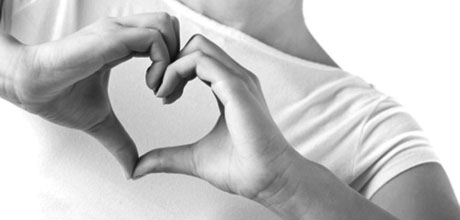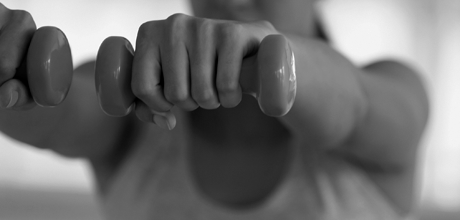There’s no need to reach for extra-virgin olive oil every time you cook. These six healthy alternatives have the same 120 calories and 14 grams of fat per tablespoon as the “gold” standard does.
But unlike extra-virgin olive oil, some can stand up to the high heat of stir-frying, while a mere drizzle of others can transform a dish.
And because each delivers a special set of nutritional benefits, switching things up won’t just make your meals tastier, it can give you a health boost too.
Peanut
Mildly nutty peanut oil is a great choice for healthy frying, because it can be heated to a higher temperature than many other oils, foods cook faster in it and have less time to absorb the extra calories and fat.
GREAT FOR
- Frying chicken and potatoes
- Stir-frying veggies, tofu, and rice
Safflower
This oil may help you lose weight and control your blood sugar. And because it’s almost flavorless, safflower oil lets the other ingredients in your dish shine through.
GREAT FOR
- Whisking into vinaigrettes
- Brushing onto veggies or fruit before grilling
Canola
Compared with other cooking oils, canola has the lowest price and one of the lowest saturated-fat contents. Its neutral taste and medium-high smoke point means you can even use it for baking.
GREAT FOR
- Mixing into muffin, cake, and batter (or any recipe calling for vegetable oil)
- Sauteing veggies, chicken, onions, or garlic
Flaxseed
Most of us don’t get enough omega-3 fatty acids, which help protect brain cells and may guard against cancer. Flaxseed oil is a good source of these nutrients, but their benefits are destroyed by heat, so store bottles in the fridge and add the oil only to cold or already cooked dishes.
GREAT FOR
- Blending into smoothies
- Stirring into porridge
Toasted Sesame
This fragrant oil is not only packed with the powerful antioxidant vitamin E, but it may also lower blood pressure, according to recent studies. Toasted sesame oil is pricey though, so use just a little to punch up finished dishes.
GREAT FOR
- Drizzling into soups and over steamed veggies
- Whisking with soy sauce and vinegar to make a sauce for Asian noodles or dumplings









